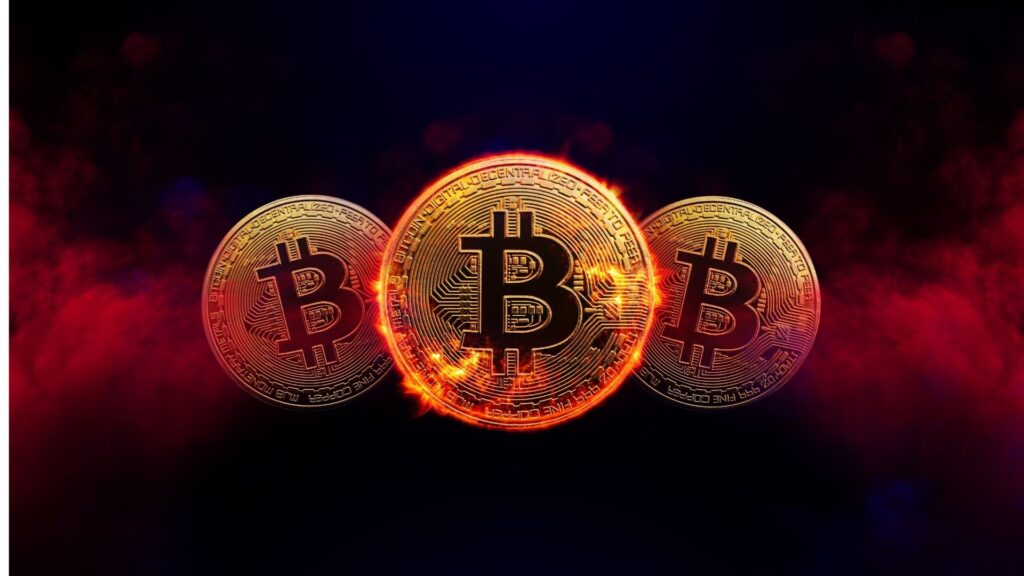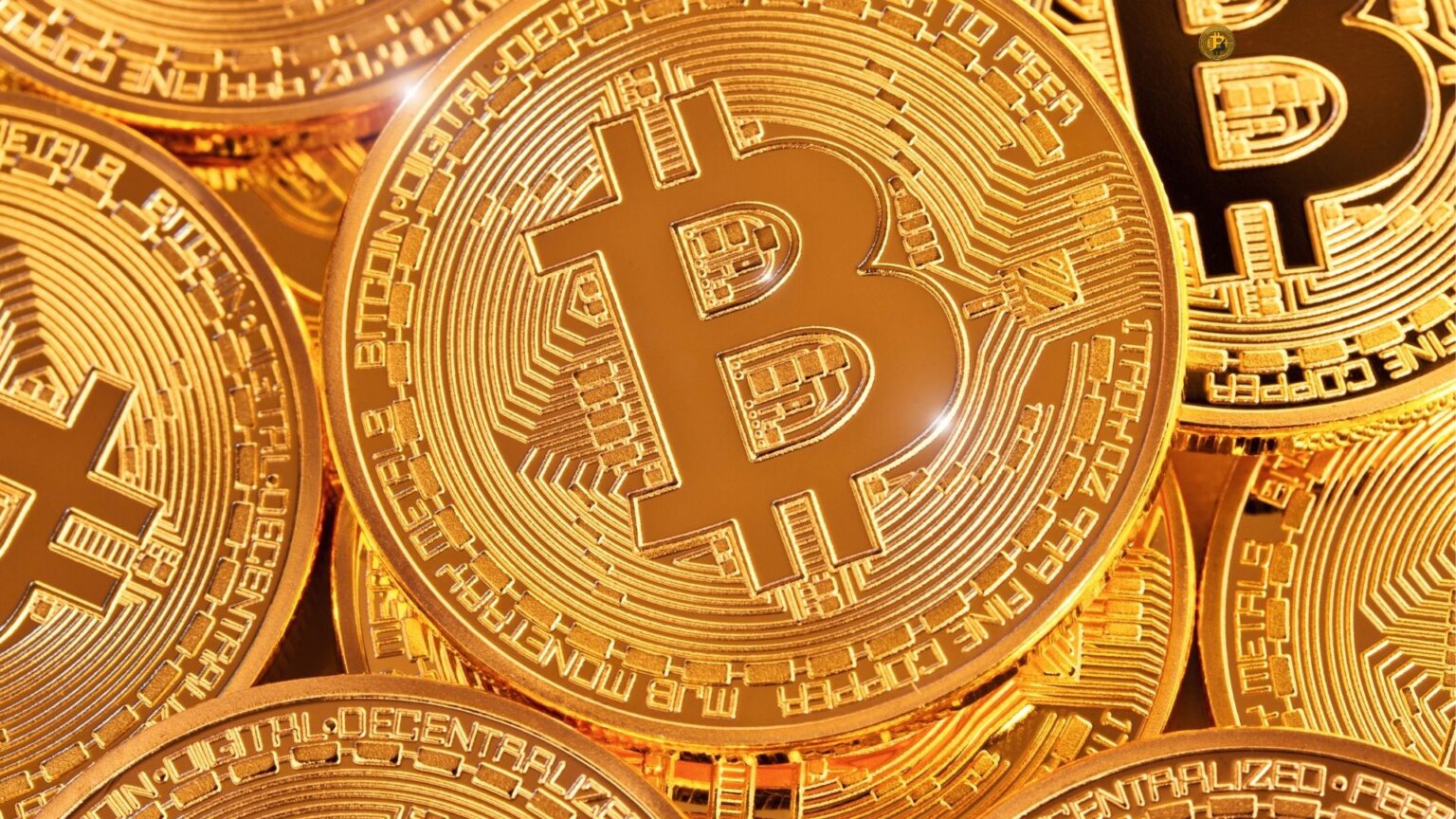H eard the Hype? Let’s Cut Through the Noise and Figure Out What Bitcoin Really Is, How It Works, and Why It Matters – No Tech Degree Needed.

Alright, let’s be honest. You’ve seen “Bitcoin” plastered everywhere – news headlines, social media, maybe even overheard chats at a coffee shop. It sounds big, maybe a little confusing, and definitely futuristic. But what if I told you the basic idea isn’t as complicated as it seems? Let’s peel back the layers and get to what Bitcoin is all about, in plain English.

Imagine a type of money that only exists on the internet. No paper notes, no metal coins you can jingle in your pocket – just digital code. That’s Bitcoin in a nutshell. It’s the original digital currency, or cryptocurrency, that kicked off this whole new world of finance. You can use it to buy stuff (though it’s not as widely accepted as your debit card just yet), send it to people anywhere in the world, or hold onto it, hoping its value goes up.

Now, here’s where Bitcoin really shakes things up: it’s decentralized. That’s a bit of a buzzword, but it simply means no single bank, government, or company is in charge. Think about your usual bank account – a central authority controls it, right? Bitcoin throws that idea out the window. It runs on a network of thousands of computers across the globe, all working together. This means it’s more of a community-driven system. No one can just decide to print more Bitcoins out of thin air, and it’s pretty tough for any one entity to block or censor transactions.
“Okay, but if there are no banks, how does it all work? How does anyone know who owns what?” Great question! This is where a clever piece of tech called the blockchain comes in. Picture a massive, shared, public spreadsheet – or a digital ledger – that everyone on the network has a copy of. Every single Bitcoin transaction gets recorded on this ledger in a “block.” Once a block is full of transactions and added to the “chain,” it’s there for good, virtually impossible to change or delete. It’s this shared, unchangeable record that creates trust and transparency in the system.
So, who’s updating this digital ledger and making sure everything is legit? These are the Bitcoin miners. They’re not guys with pickaxes; they’re people (or companies) with powerful computers. These computers race to solve super complex mathematical puzzles. The first one to solve the puzzle gets to verify the latest batch of transactions (a new “block”) and add it to the blockchain. As a reward for their effort (and electricity!), they get a small amount of newly created Bitcoin and any transaction fees from that block. This whole process is what keeps the network secure and introduces new Bitcoins into circulation – kind of like a digital gold rush.
The story behind Bitcoin is almost as intriguing as the tech itself. It was introduced to the world back in 2008 by someone (or a group of people) using the name Satoshi Nakamoto. To this day, no one knows who Satoshi really is. They published a paper outlining the idea, launched the software in 2009, helped get it off the ground, and then just… vanished. The mystery definitely adds to Bitcoin’s allure.
What makes Bitcoin so different from regular money, besides all that?
- Limited Supply: This is a big one. There will only ever be 21 million Bitcoins created. Ever. This scarcity is a key reason some people see it as “digital gold.”
- Peer-to-Peer: You can send Bitcoin directly to someone else, anywhere in the world, without needing a bank or payment processor in the middle.
- Transparency (with a catch): All transactions are visible on the public blockchain. However, these transactions are tied to anonymous Bitcoin addresses, not your actual name. So, it’s more pseudonymous than fully anonymous.
Why has Bitcoin caused such a stir for over a decade? It was a genuine game-changer. It proved that a secure, decentralized digital currency was possible and opened the floodgates for thousands of other cryptocurrencies and blockchain projects. It’s sparked endless debates about the future of money, privacy, and who should control our financial systems.
Now, it’s not all sunshine and rainbows. Bitcoin has its downsides, and it’s important to know them:
- Wild Price Swings: The value of Bitcoin can shoot up and plummet dramatically. It’s a rollercoaster, which makes it a risky investment for many.
- Scalability: Sometimes, when a lot of people are using it, the network can get slow, and transaction fees can go up.
- Complexity: Let’s face it, understanding the nitty-gritty can still be a bit of a head-scratcher for folks who aren’t super techy.
- Security is on You: While the Bitcoin network itself is very secure, you are responsible for keeping your Bitcoin wallet safe. If you lose your private keys (think of them as your super-secret password), your Bitcoin could be gone for good.
- Energy Hog: Bitcoin mining uses a lot of electricity, which has raised serious environmental questions.
So, there you have it. Bitcoin is more than just internet money; it’s a groundbreaking technology and a whole new way of thinking about finance. It’s exciting, a bit rebellious, and definitely still evolving. Whether you’re thinking of dipping your toes in, or just want to understand what all the fuss is about, hopefully, this has cleared things up a bit!







